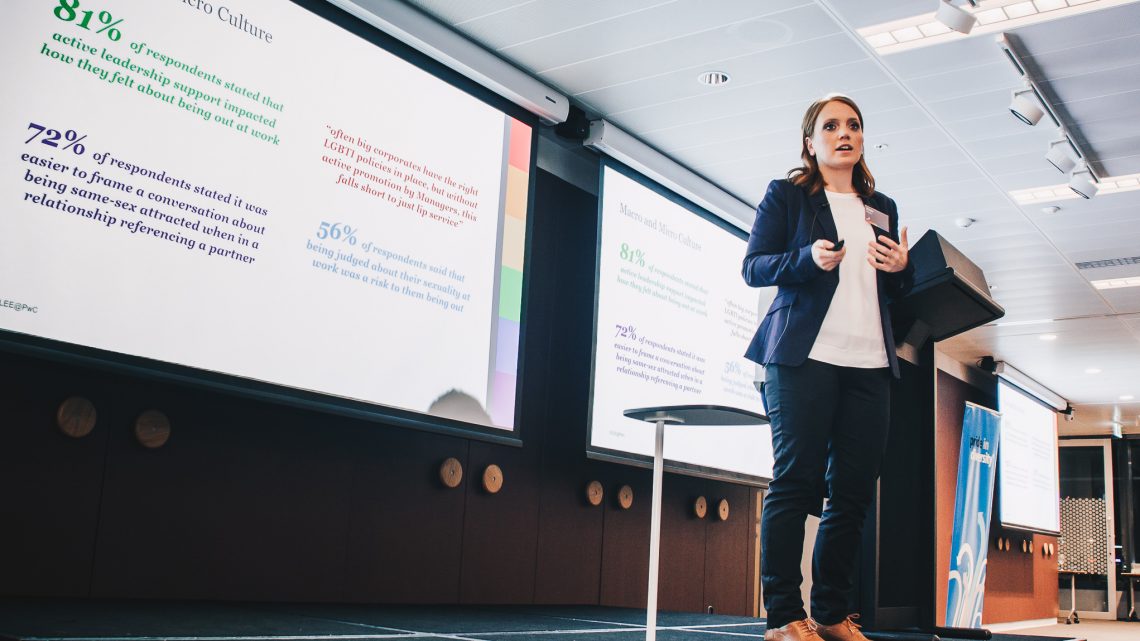
The double-glazed ceiling: the struggle for queer women in the workplace
Three-quarters of same-sex attracted women said stereotypes like “butch”, “man-hater”, and “aggressive” negatively impacted them and were the biggest barriers to being out at work.
One third of same-sex attracted women are uncomfortable being out in the workplace, and many are fearful of being associated with harmful stereotypes, according to new research by PwC and Pride in Diversity.
The Where are all the Women? survey asked 1,270 same-sex attracted women in Australia about their experiences around workplace inclusion, one of the largest studies of its kind ever undertaken.
Of the respondents, two-thirds said they were comfortable being out to most or all of the people they work with, while 29 per cent believed being same-sex attracted would inhibit their career progression, and one in five women said they had left a job when they were younger because it wasn’t inclusive.
PwC manager and lead researcher, Kate Marks, says a sense of belonging and connection seems to be missing for same-sex attracted women in the workplace.
“It’s not due to one, overarching thing,” she says.
“It’s a slow, cumulative effect from things like day-to-day comments, a lack of role models, and a double-glazed glass ceiling to break through.”
She adds that the focus for many workplaces has been gender equality for such a long time, that sexuality has been left by the wayside.
“When we asked which was important—gender or sexuality—most of the respondents said both are important,” she says.
“People have been talking about gender being the inhibitor for so long, that the concept of sexuality as an inhibitor is relatively new.”
The study found that damaging stereotypes play an important role in how same-sex attracted woman navigate the workplace, with three-quarters of respondents saying stereotypes like “butch”, “man-hater”, and “aggressive” negatively impacted them at work and were the biggest barriers to being out.
Roughly 81 per cent of respondents said active leadership support impacted how they felt about being out at work, and 80 per cent indicated that visible support for LGBTI inclusion was important when looking for a job.
When it came to role models, 84 per cent said they had people to look up to outside of the workplace, yet only half of respondents had role models within the workplace.
Marks says small symbols like rainbow lanyards or an ally closing down a potentially harmful conversation can make a world of difference.
“I think Pride networks play a critical role in this too,” she says.
“They are so good at connecting people, but at the moment they don’t seem to be doing the same thing for same-sex attracted women in the workplace.
“It’s about looking at that next layer of division — when you’re hosting a panel of speakers, how are you going to make sure you have diversity of thought on that panel? When you’re creating partnerships with other organisations, who are the CEOs of those organisations?”
“The impact of these things really trickle through.”
She hopes that the research will go some way towards improving the experiences of same-sex attracted women in the workplace.
“We want to make sure they stay, and feel as excited about developing their careers as anyone else,” she says.
“And we can do that by making sure workplaces have diversity of thought in small day-to-day decisions all the way through to the top.”
Matthew Wade September 17, 2018 – Star Observer
